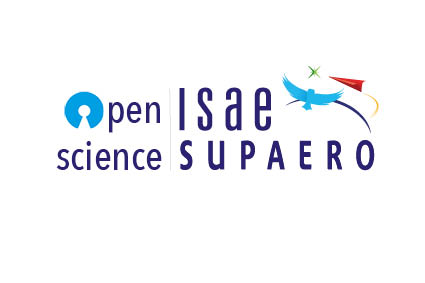Unveiling mechanical interactions between cell division and extracellular matrix in human colonic epithelium organoids: A 4D study using DVC
Résumé
Abstract Cell division is a major event in tissue homeostasis, enabling renewal and regeneration. Stem cells, in particular, play an important role in this homeostasis, thanks to their ability to perform symmetric or asymmetric cell divisions. To study cell division, the human colon epithelium represents a model of choice due to its rapid renewal and therefore high proliferative potential. Currently, studying the live mechanical interactions between the epithelium and its matrix in vivo is challenging due to the lack of suitable methods. 3D human colon organoids seeded in Matrigel® are good models for this purpose as, from isolated stem cells, they recapitulate the tissue architecture organization and properties. This culture set-up also allows to study the matrix displacements around the organoid. Here, we studied the impact of cell division within the colonic epithelium on the extracellular matrix. We performed and validated an original experimental and analytical process with a 3D time-lapse confocal microscopy to follow cell mitosis and matrix movements on which we performed Digital Volume Correlation. We showed that these two different types of cell division impact the matrix differently with the asymmetric divisions causing a mainly uniaxial displacement, whereas symmetric ones involved a multiaxial and more important one.
| Origine | Fichiers produits par l'(les) auteur(s) |
|---|
